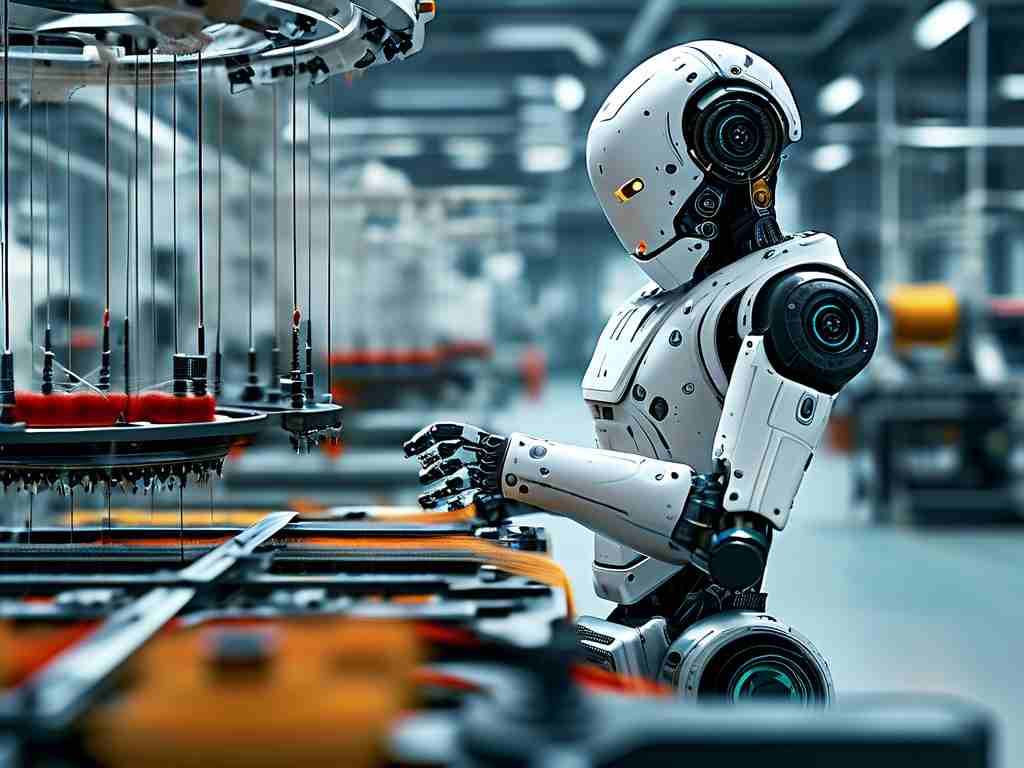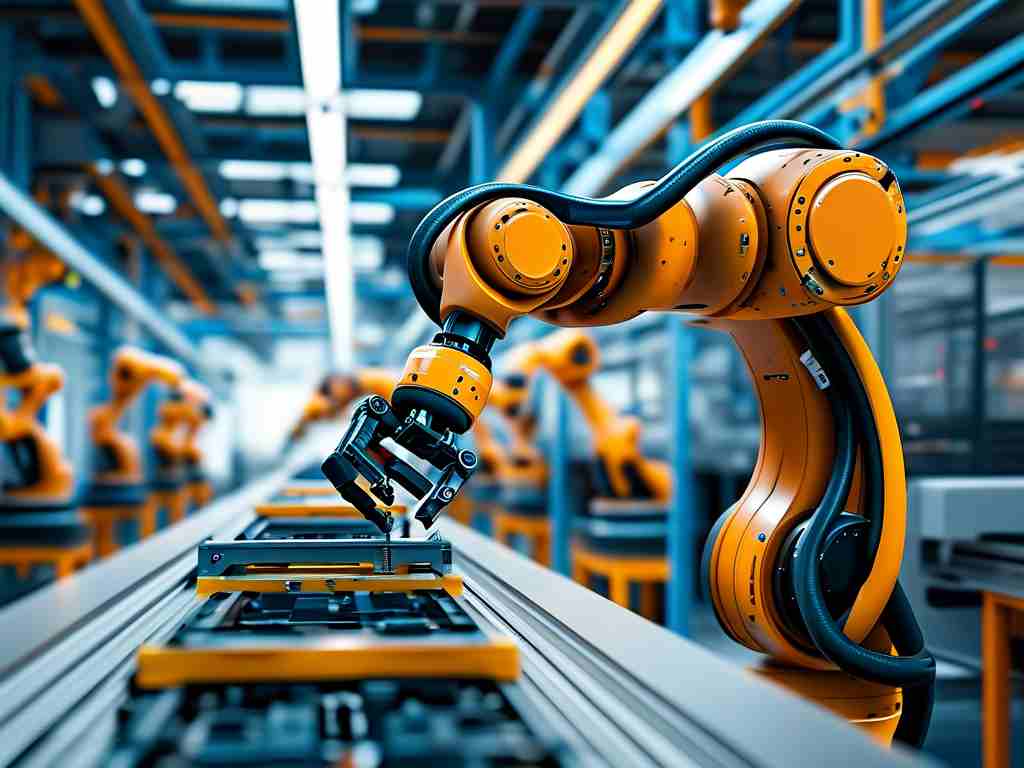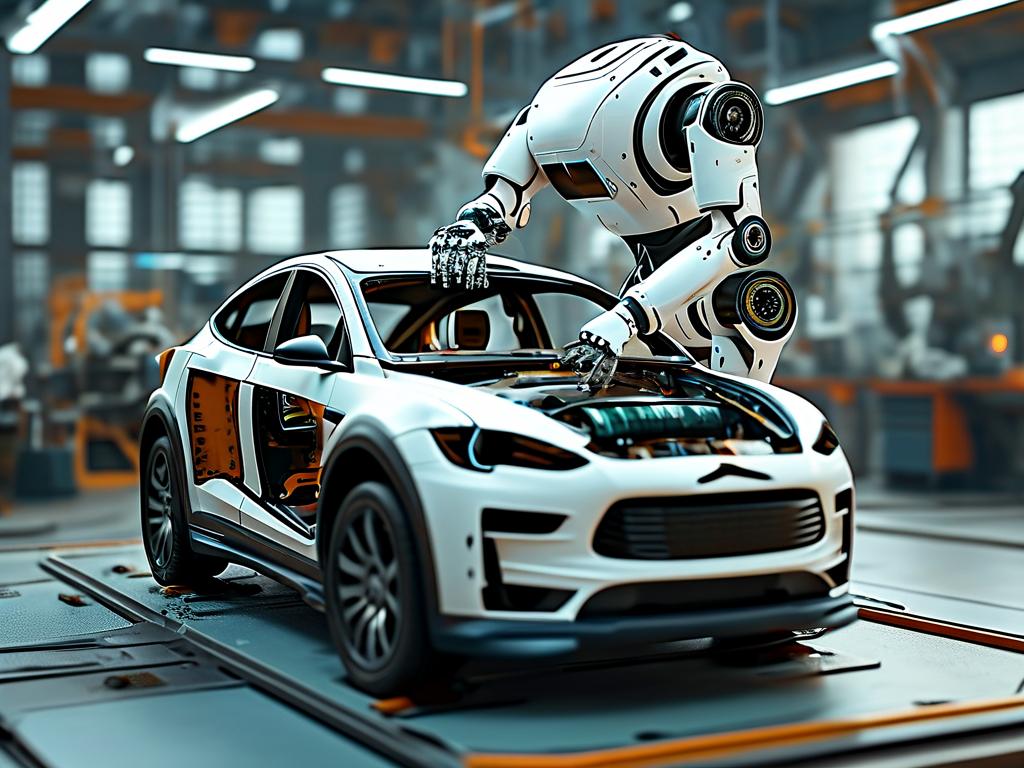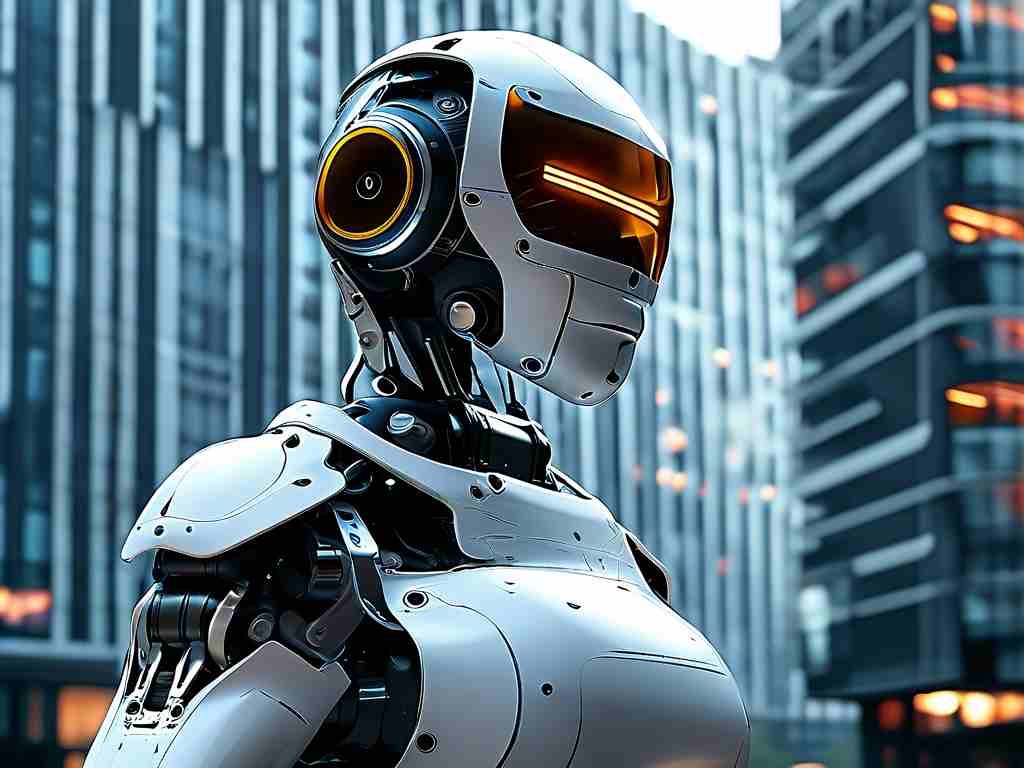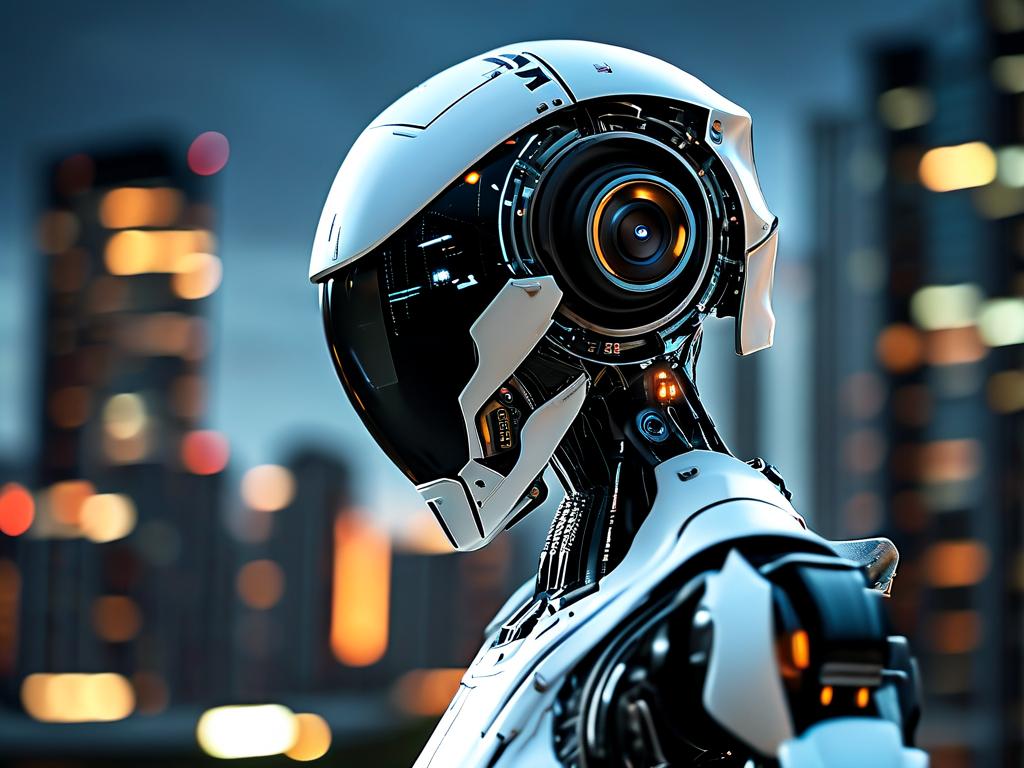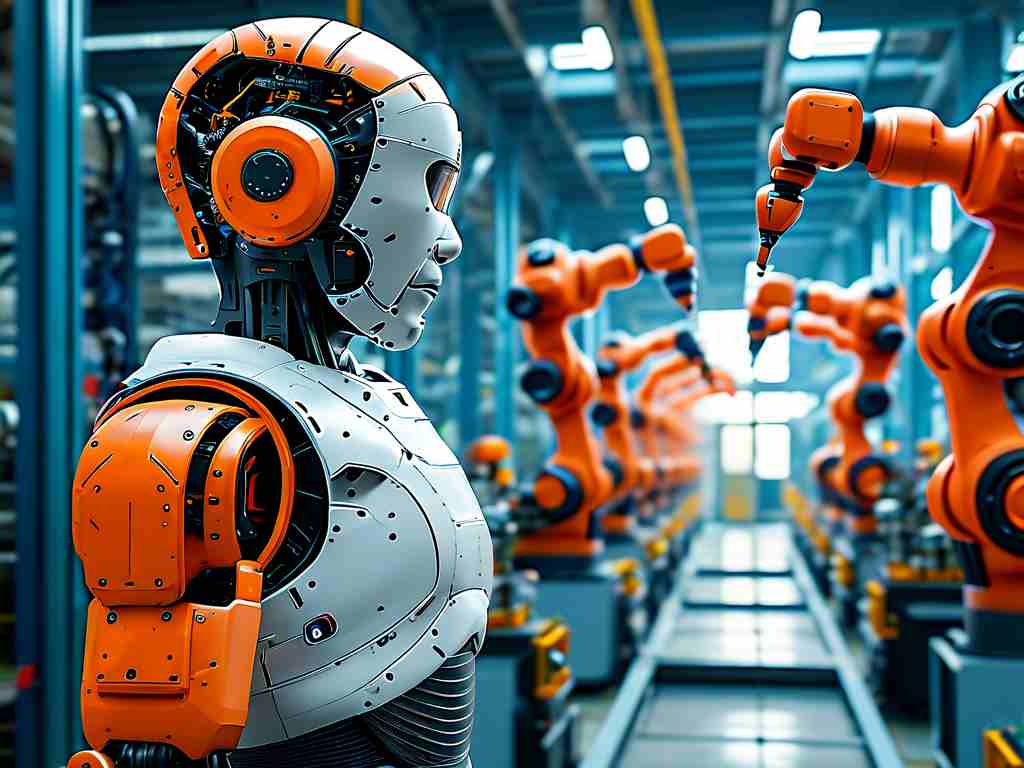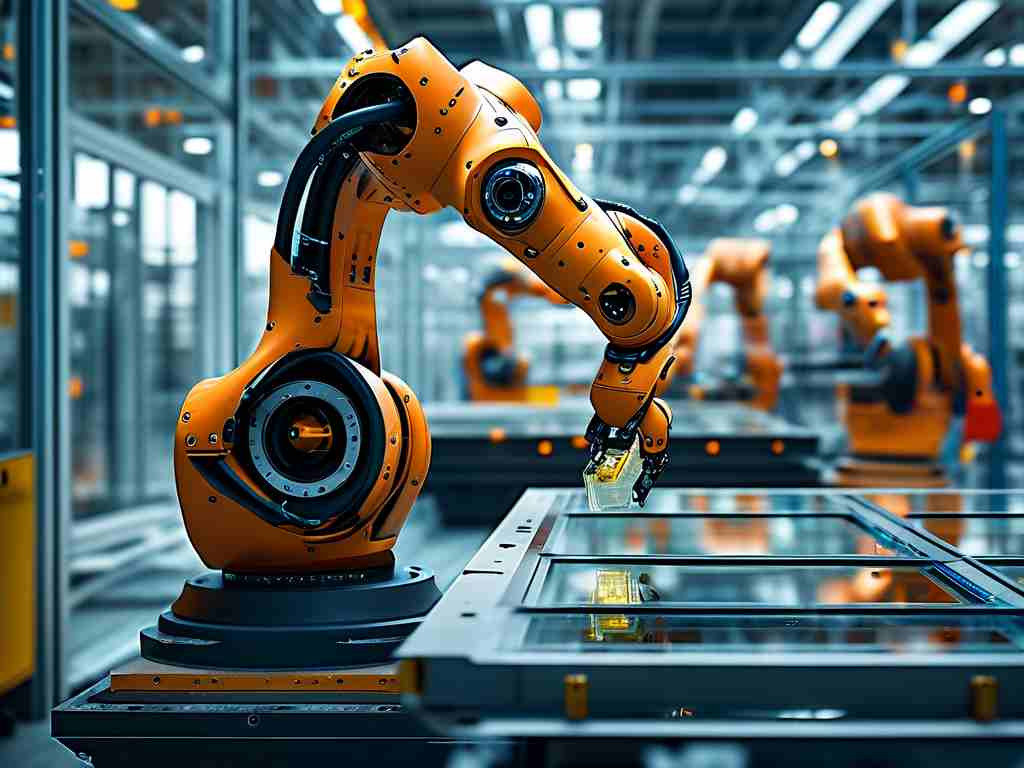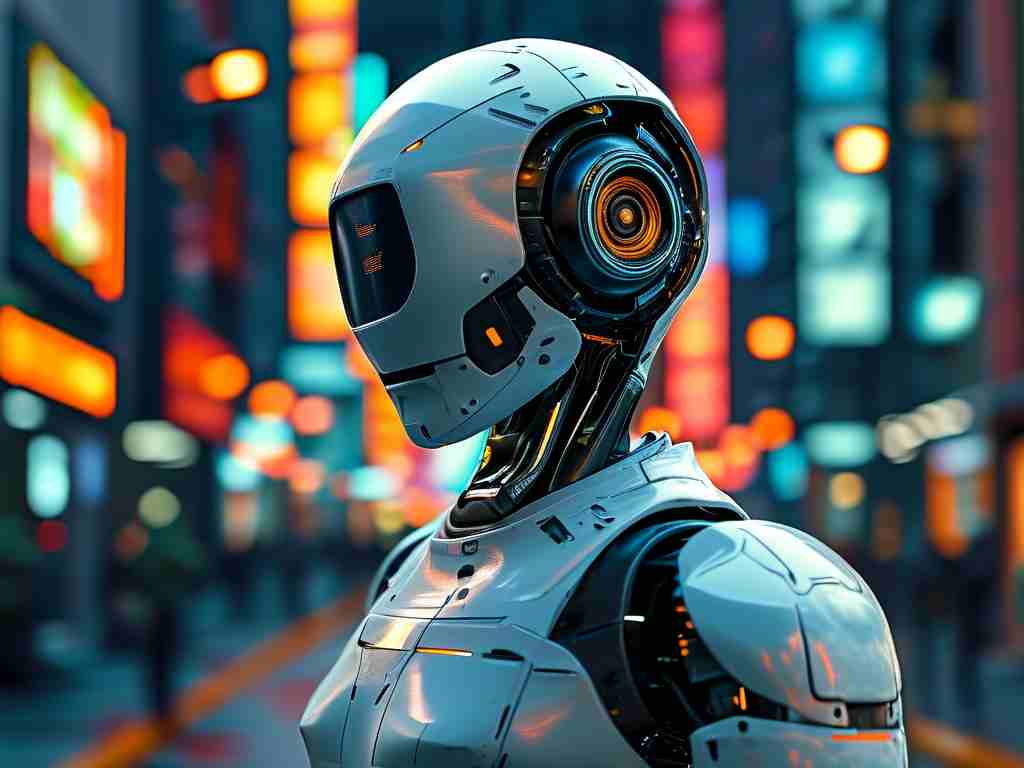The integration of robotics into traditional art forms has opened new frontiers in creative expression, and robotic paper-cutting technology stands at the forefront of this innovation. This article explores how automated systems are revolutionizing the ancient craft of paper cutting, offering precision, scalability, and accessibility to artists and hobbyists alike. For those seeking to master this fusion of art and technology, instructional videos have become an indispensable resource, bridging the gap between manual techniques and machine-assisted workflows.
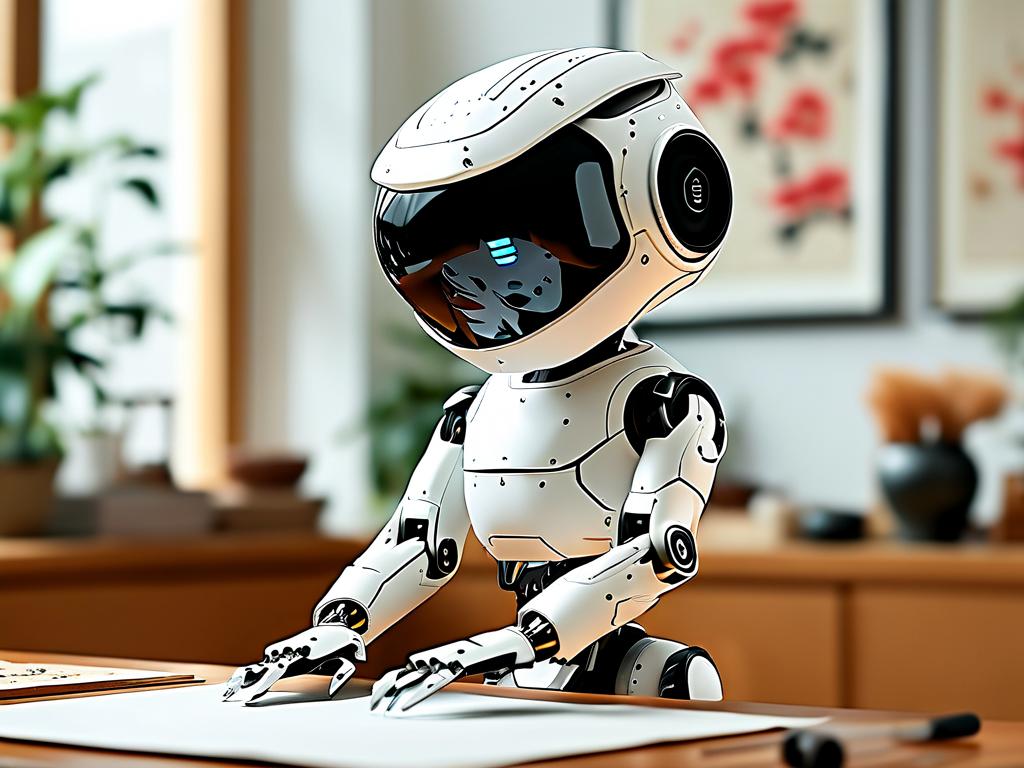
The Evolution of Paper Cutting in the Robotic Age
Paper cutting, a practice dating back centuries, has historically relied on steady hands and meticulous planning. However, modern robotic systems equipped with laser cutters or precision blades now enable intricate designs that would challenge even the most skilled artisans. These machines interpret digital patterns—often created using vector graphics software like Adobe Illustrator or Inkscape—and translate them into flawless physical creations. Instructional videos frequently emphasize the importance of file preparation, demonstrating how to optimize designs for machine readability while preserving artistic intent.
One notable advancement is the incorporation of vision systems in cutting robots. Cameras scan paper surfaces to detect imperfections or alignment issues, allowing real-time adjustments—a feature highlighted in many tutorial videos. This capability not only reduces material waste but also ensures consistent output quality, particularly valuable for artists producing limited-edition series.
Key Components of Robotic Paper-Cutting Systems
A typical setup features three core elements:
- Motion Control Systems: High-precision linear actuators or robotic arms position cutting tools with micron-level accuracy.
- Software Interface: User-friendly platforms like LaserGRBL or RDWorks transform design files into machine instructions (G-code).
- Material Handling: Vacuum beds or adhesive platforms secure paper during operation, crucial for maintaining registration in multi-layer projects.
Tutorial videos often dedicate segments to troubleshooting common issues, such as blade depth calibration or laser intensity settings. For instance, a 0.1mm adjustment in tool height can mean the difference between clean cuts and torn edges—a detail frequently demonstrated through side-by-side comparisons in visual guides.
Bridging Artistry and Engineering
While machines handle execution, human creativity remains central to the process. Many educators stress the importance of understanding traditional paper-cutting principles before leveraging automation. A popular video series by Kyoto ArtTech Institute shows how to analyze hand-cut designs for robotic adaptation, preserving organic flow while enhancing geometric precision.
Emerging artists like Lena Voigt have gained recognition for hybrid approaches, combining manual sketching with robotic production. In her viral tutorial "From Pencil to Processor," Voigt demonstrates how to retain hand-drawn irregularities in digital patterns, challenging the notion that machine-made art lacks soul.
Educational Resources and Community Impact
Open-source communities have propelled accessibility in this field. Platforms like Instructables host detailed guides for building DIY robotic cutters using Arduino controllers and 3D-printed components. These projects often include video tutorials showing assembly processes and software configuration steps, lowering entry barriers for tech-savvy crafters.
Vocational training programs are also adopting this technology. The Guangzhou Craft Academy reports a 40% enrollment increase since introducing robotic paper-cutting modules, with students creating complex lantern designs that blend cultural heritage with modern engineering.
Challenges and Ethical Considerations
As with any automation trend, debates persist about technology's role in artisanal crafts. Critics argue that machine perfection diminishes the value of handmade pieces, while proponents highlight how robots enable artists to focus on conceptual work rather than repetitive execution. Tutorial videos increasingly address this balance, showcasing projects where robotic precision complements rather than replaces human touch—such as using machines to cut base layers for hand-embellished collages.
Looking ahead, advancements in AI pattern generation and haptic feedback systems promise to further blur the lines between artist and machine. As the field evolves, high-quality instructional content will remain vital for nurturing both technical proficiency and artistic vision in this cutting-edge medium.


